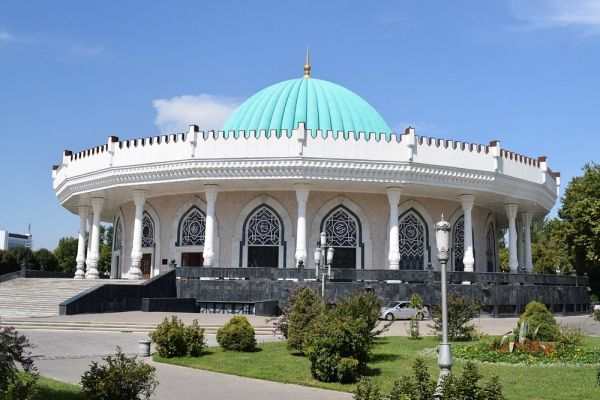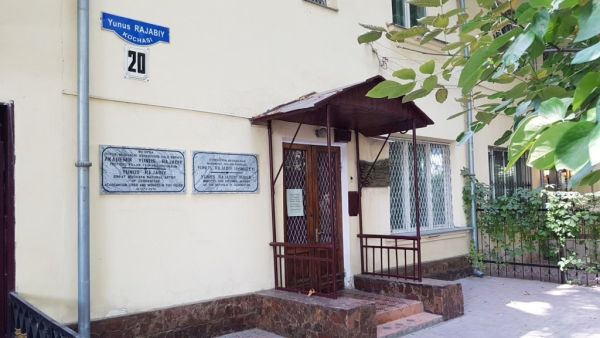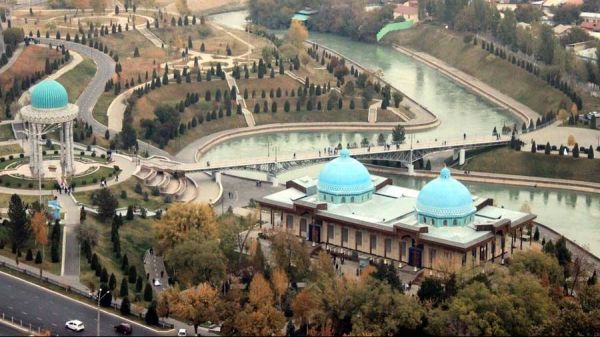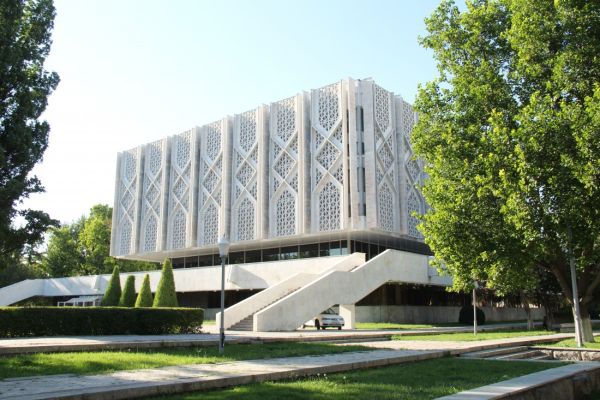I. V. Savitsky State Museum of Art
Karakalpakstan and its capital Nukus are the most extraordinary tourist destinations in the world. This is the definition of the world-read British newspaper The Telegraph, which included this route in the "top ten" of 2015, at number two. And the authors of the Leisure column, in the Sunday supplement, no less widely read by The New York Times and the International Herald Tribune, advised art-savvy readers in the summer of 2009 to visit the Nukus Museum "before you die" (must-see-before-I-die destination), and named this unique museum, popularly referred to as the "Savitsky Museum" or simply the "Nukus Museum" is the "Louvre in the Sands."
The State Museum of Art of Karakalpakstan was established in 1966 on the initiative of the Moscow artist Igor Vitalievich Savitsky (1915-1984). Currently, it is the largest art collection in the Central Asian region, totaling about 100,000 items with a chronological span of more than four millennia.
The creation of the museum is connected with the activities of the legendary Khorezm Archaeological and Ethnographic Expedition, which made the discovery of the century by excavating and studying the ancient Khorezm civilization located on the territory of Karakalpakstan, Khorezm region and Turkmenistan. The Expedition leader, a world-renowned scientist, S.P. Tolstov, called the majestic fortresses and cultural monuments "Central Asian Egypt." Savitsky also worked as part of this group, and later became director of the Nukus Museum. He already conducted independent excavations and collections of folk and applied art, replenishing the collections of the museum he led. These collections became the foundation of the museum. Ancient artifacts found during the excavations of ancient and medieval settlements, unique Zoroastrian ossuaries (funeral urns) with samples of ancient writing in the Aramaic alphabet, terracotta cult figurines, ceramic and bronze products bearing the influence of the crossing of epochs, religions and beliefs of different civilizations, are truly impressive.
The collection of Karakalpak folk and applied art is a kind of cultural gene pool of a small, formerly semi-nomadic people who now live in northwestern Uzbekistan, but who have absorbed traces of the culture and way of life of their ancient ancestors who roamed the steppes of the Black Sea region, the Volga region and the Caucasus. The unique helmet-shaped Karakalpak wedding headdress will take you back to the time of the warrior Amazons, whose armor imitates some types of women's costume presented in the museum's exposition.
The splendor of the numerous display cases with jewelry of Karakalpak Zerg, as well as their neighbors - ethnic brothers – Uzbeks, Turkmens and Kazakhs, is presented in breathtaking splendor against the background of woven stripes of the decoration of the yurt – the traditional dwelling of Karakalpaks. You will enter the yurt and receive full information about the secrets of its manufacture, assembly and the location of each part.
A special page in the history of the museum's formation is the collection of the Department of Fine Arts, which has brought a special worldwide popularity. It presents not only the national art school, which was formed under the influence of the museum, but also the works of Uzbek artists of the early twentieth century, the period of the birth and formation of the local national school of fine arts, the so-called "Turkestan avant-garde". This is a brilliant group of Russian orientalists, most fully represented in Nukus, which arouses the constant interest of the viewer. The names of A.Volkov, U.Tansykbaev, Ust Mumin, N.Karakhan, M.Kurzin and others were recognized posthumously and inscribed in the history of world art.
The collection of the Moscow avant-garde and post-avant-garde of the 1920s and 1930s, as well as groups of non-conformists from the Moscow underground of the 1960s and 1970s, is also significant. Thousands of works by brush masters who have not received official recognition, accused of formalism and dissidence, and became outcasts in cultural life in the USSR, where the rule of socialist realism closed the way not only to recognition, but also to basic survival for hundreds of talents who languished in poverty and died in oblivion. The only official art institution during the Soviet era that became a refuge for these artists was the distant Nukus, which was closed in those years to foreign researchers and connoisseurs who only knew about this collection by hearsay.
The museum has small non-core collections of icons, antique furniture, and decorative art. They are stored in storerooms. The museum's library is also unique, which includes several collections of books by prominent scientists T. Zhdanko, A. Gudkova, artists G.Sabaneeva, T. Gaponenko, and many others.
Several halls exhibit the gift of Nadia Leger, the widow of French artist Fernand Leger. This is a first-class collection of copies of world masterpieces made in the workshops of the Louvre in Paris.
Anyone, even the most biased lover of beauty, will experience the atmosphere of Parisian workshops and galleries by visiting the graphics section of the museum's two buildings. The realization that the museum displays only 3-5% of the entire collection will fill the souls of visitors with amazement.







